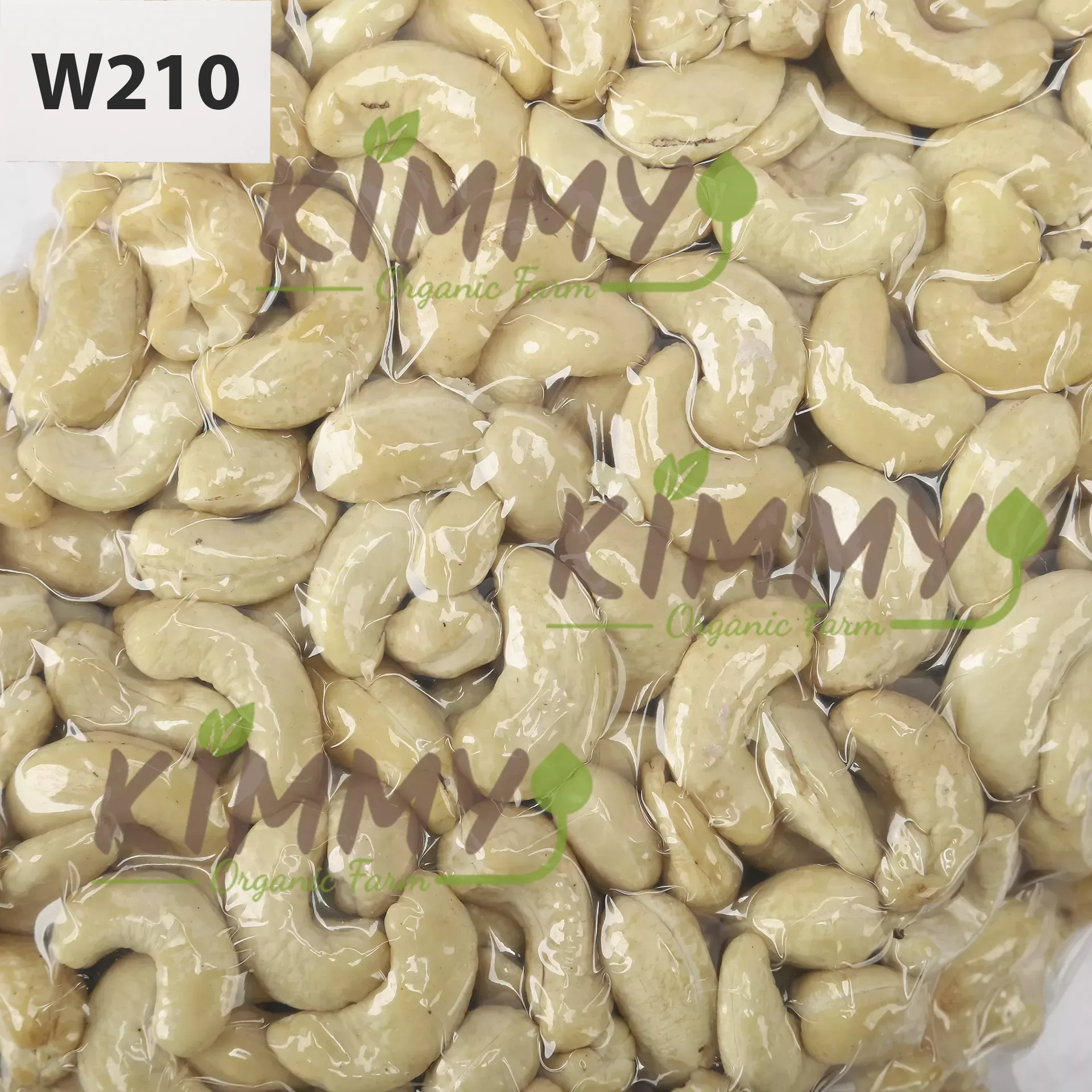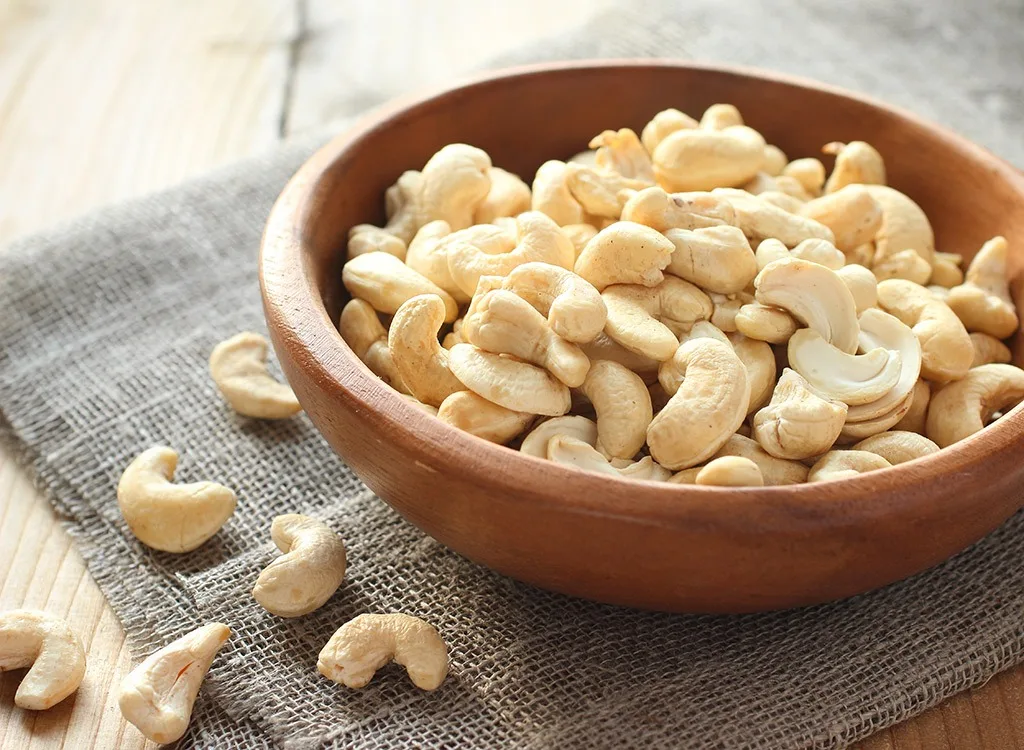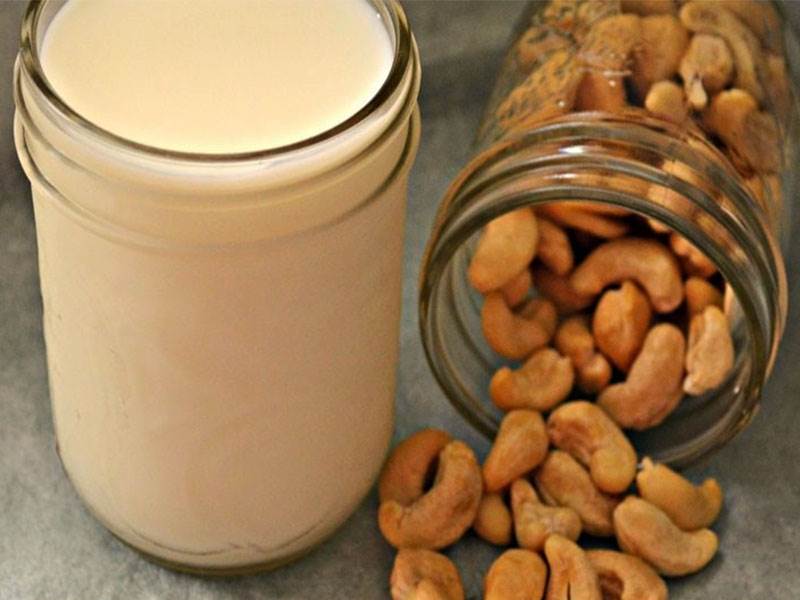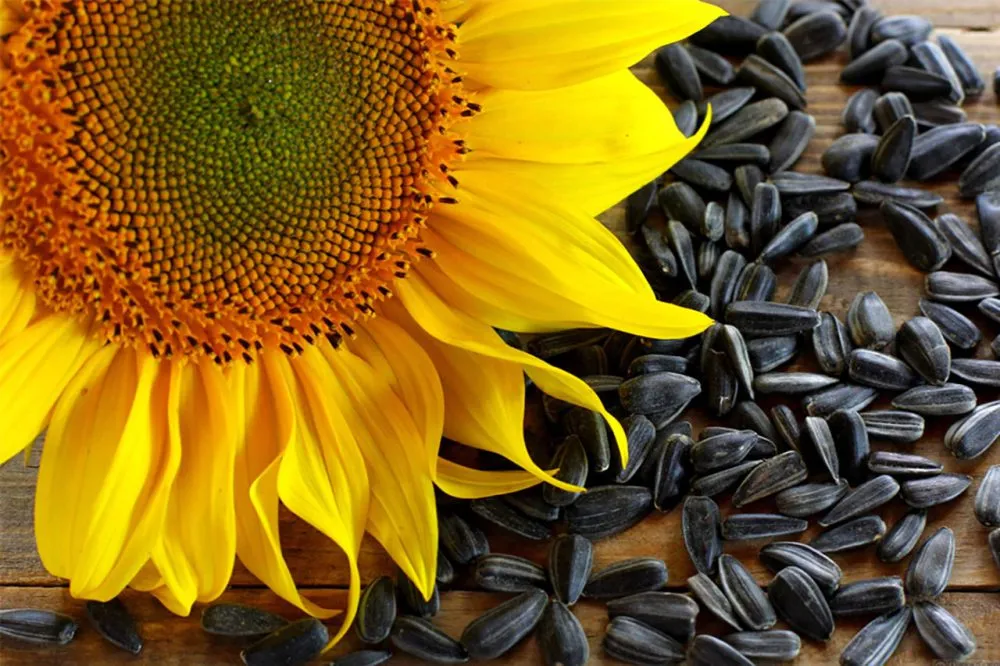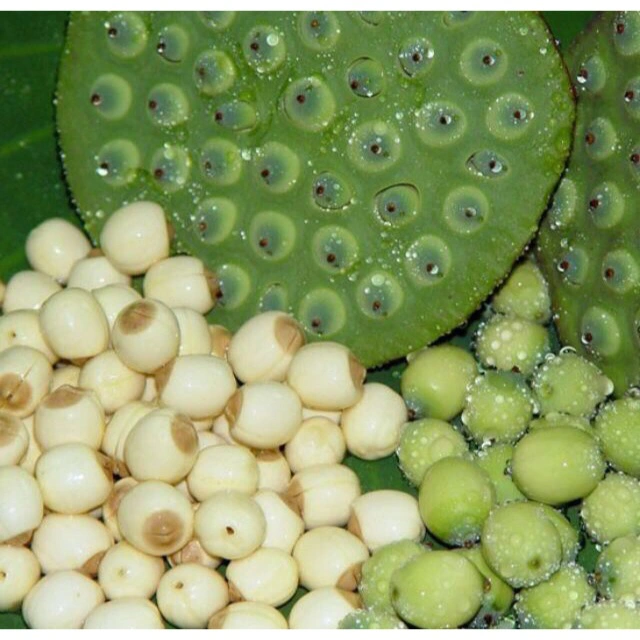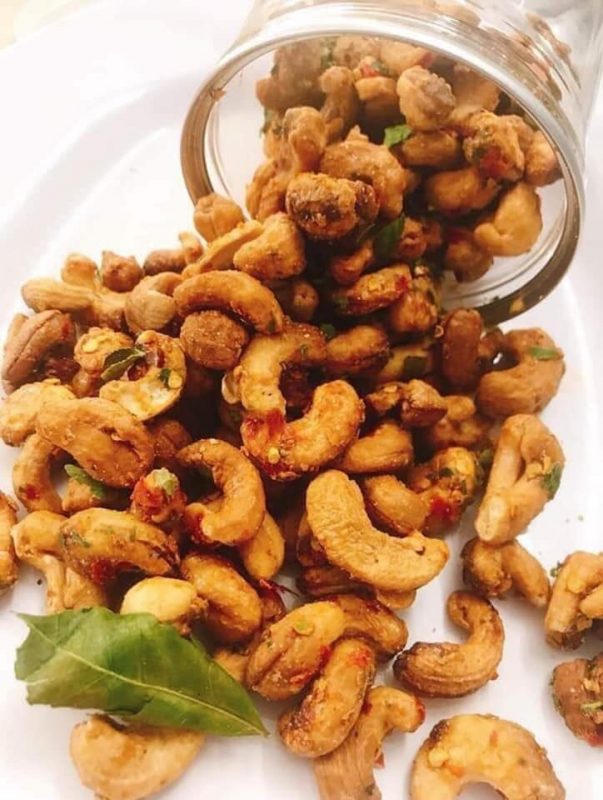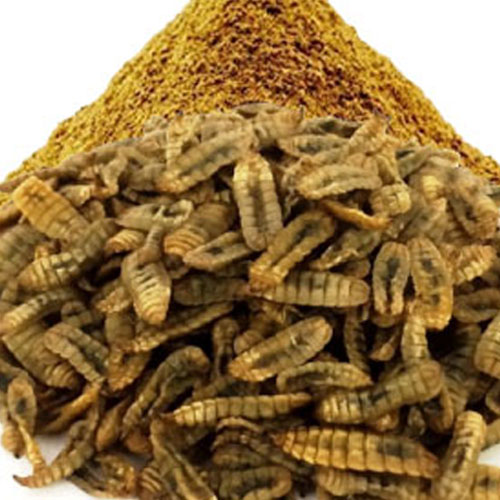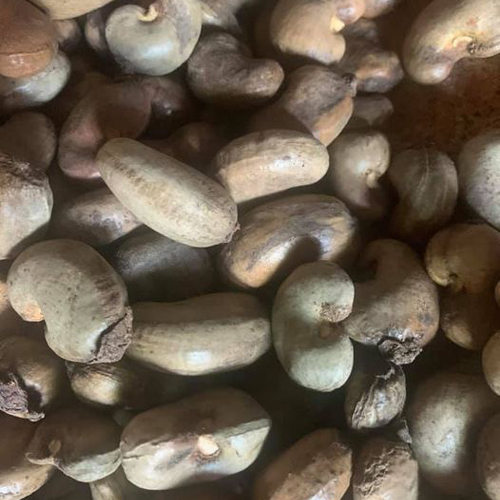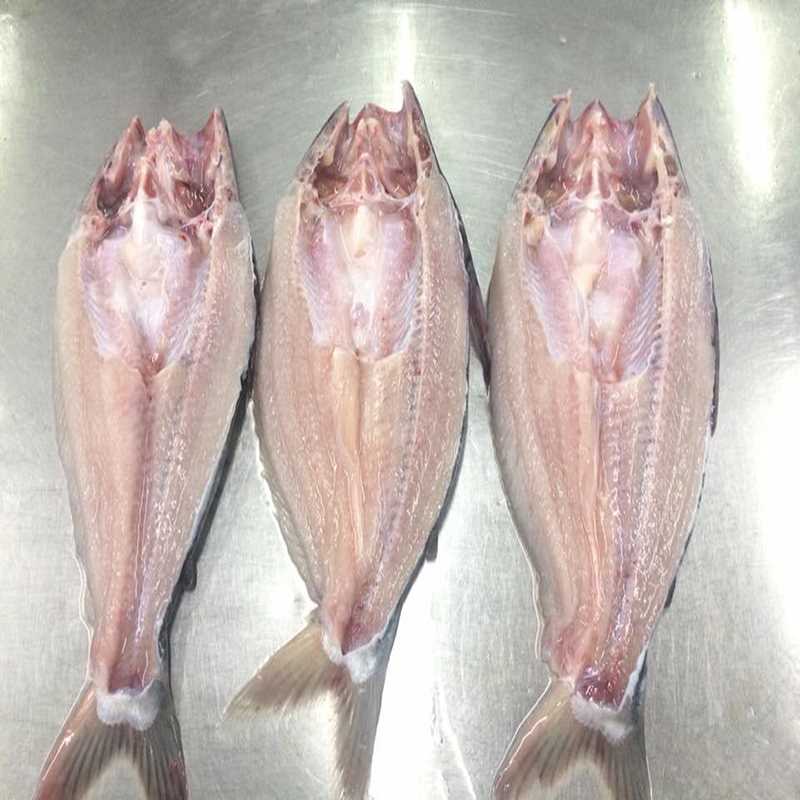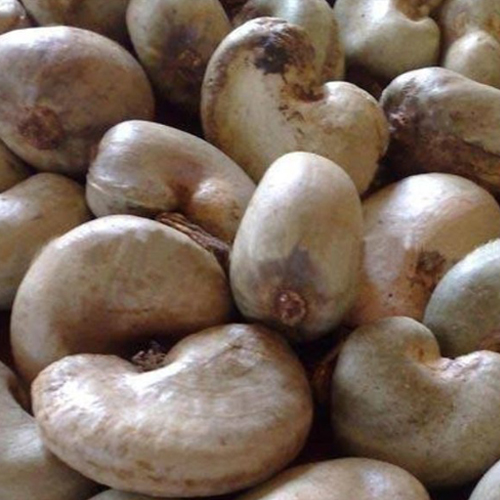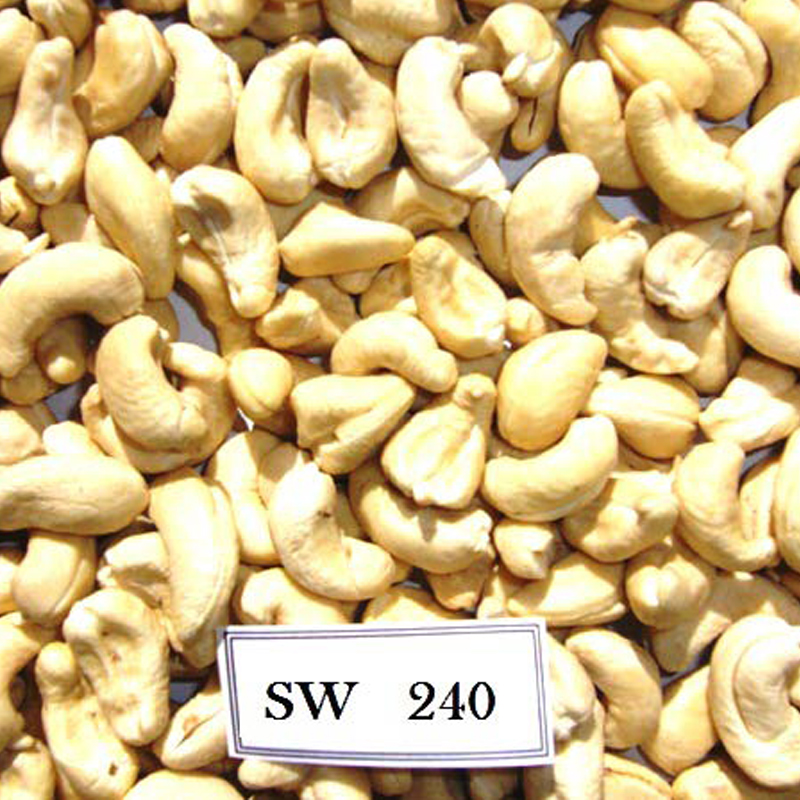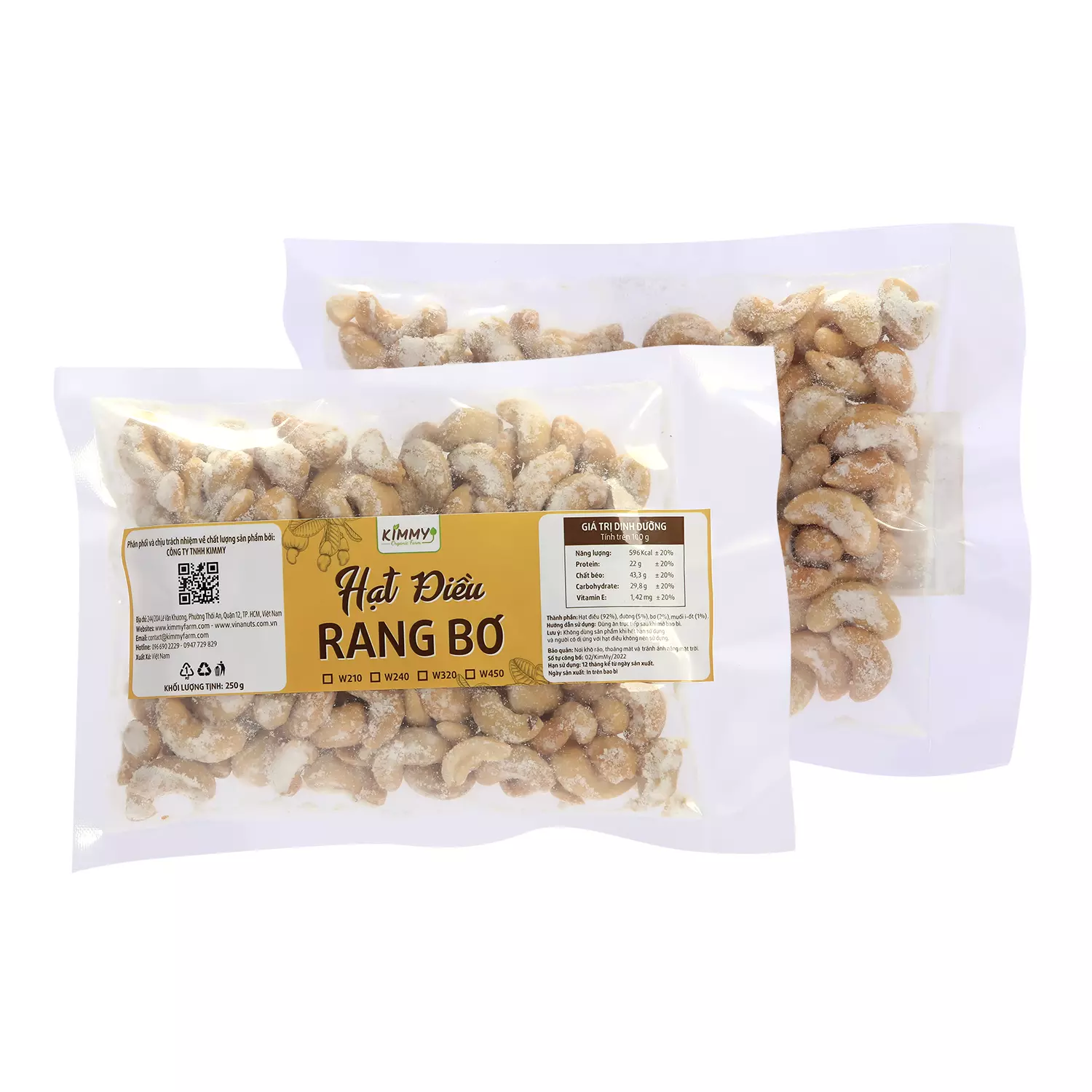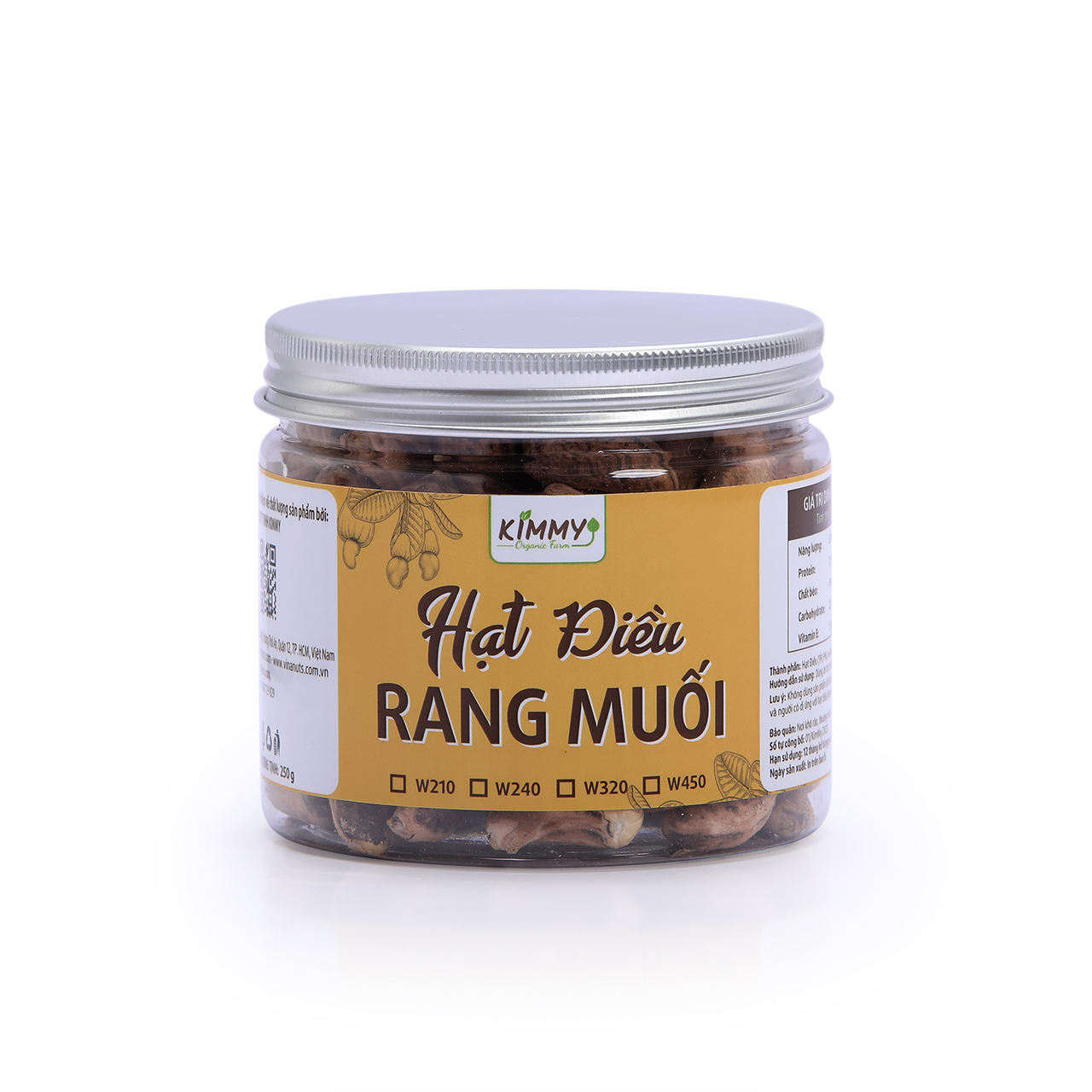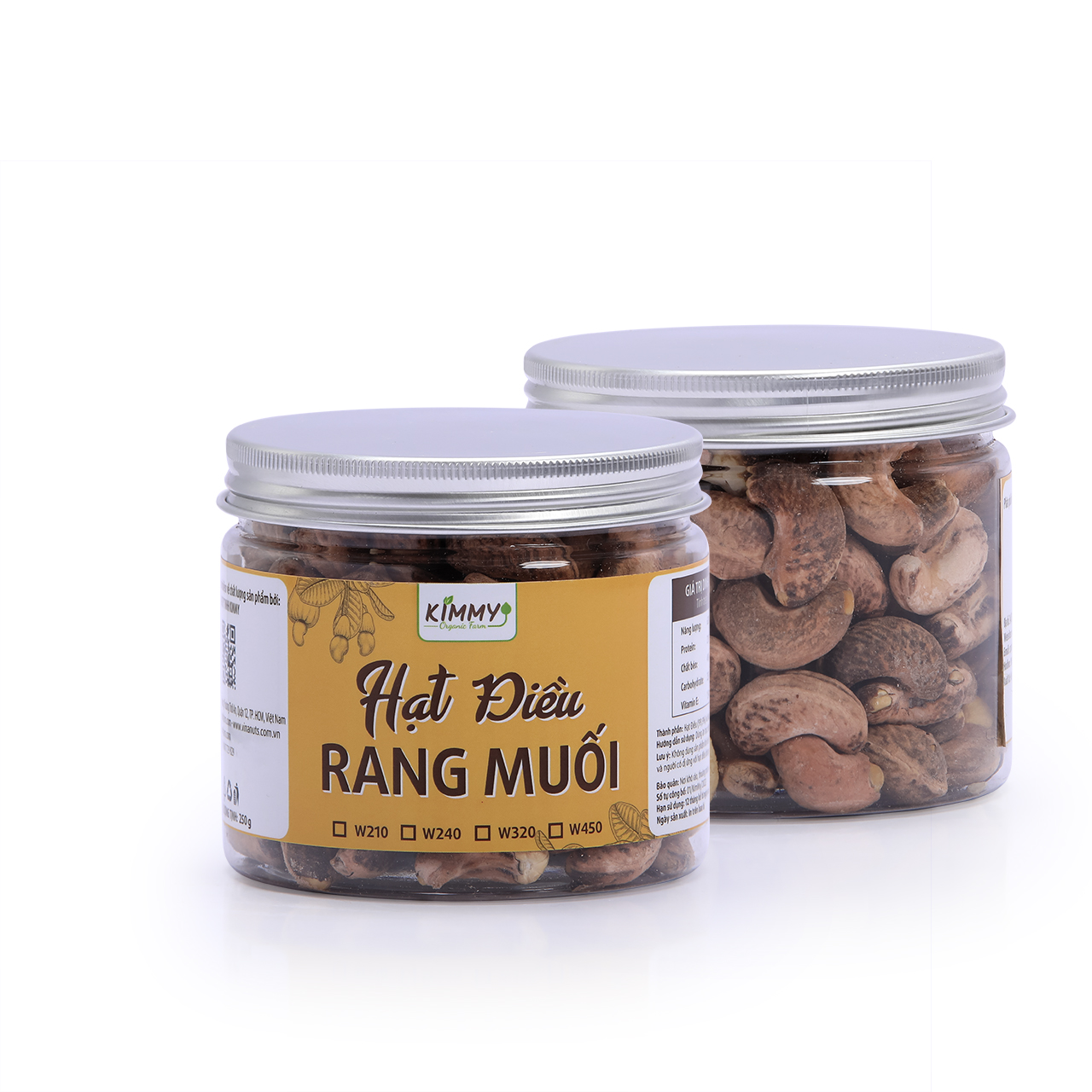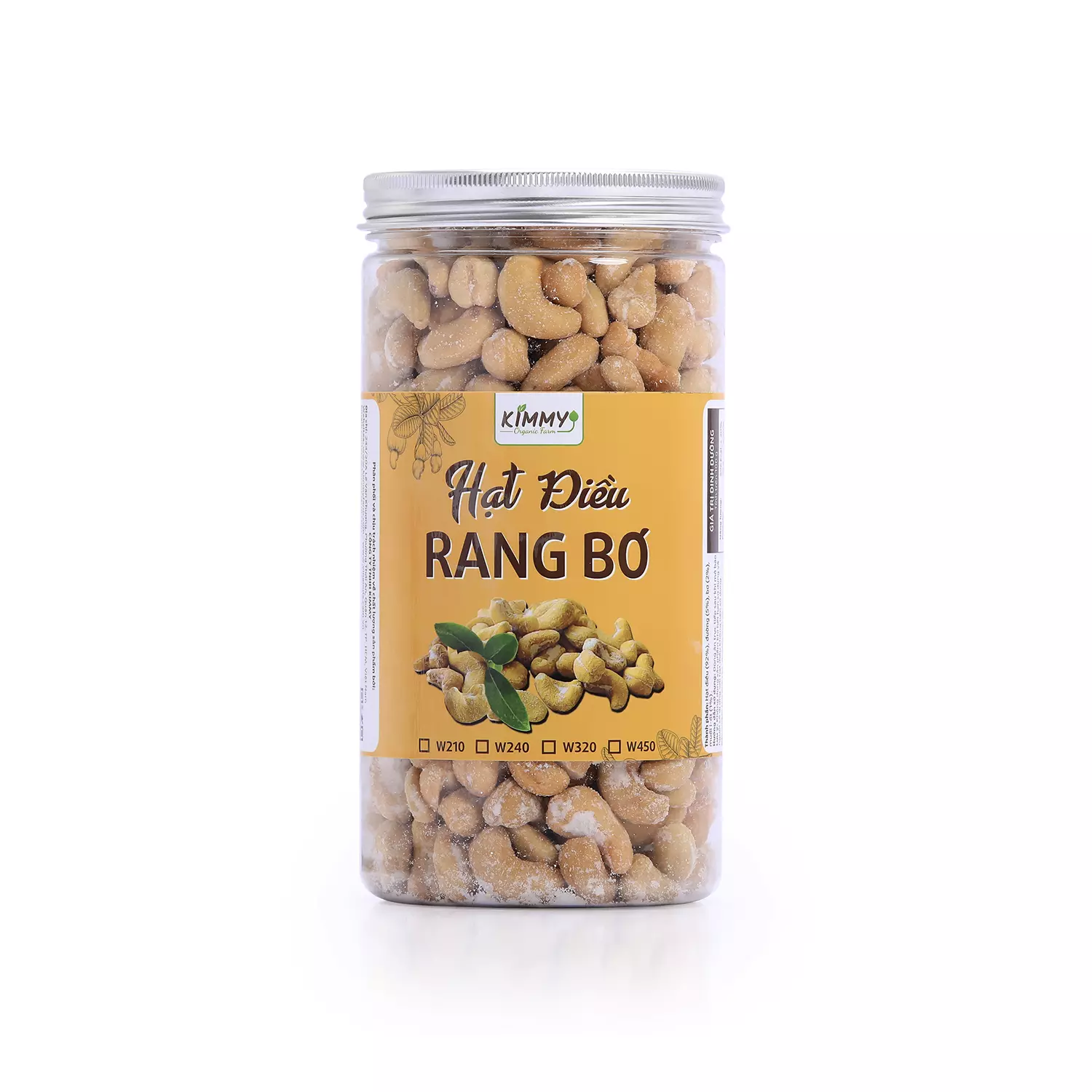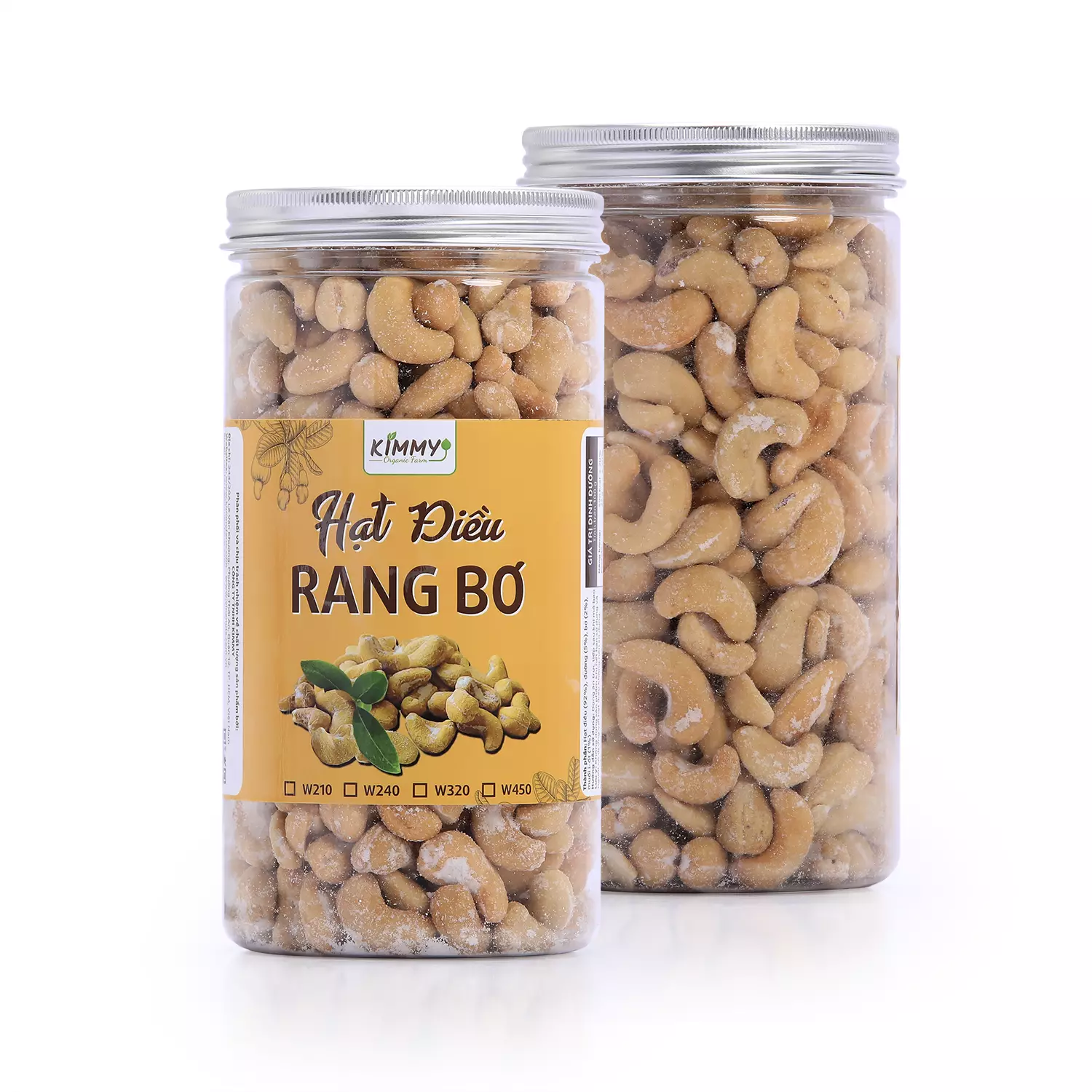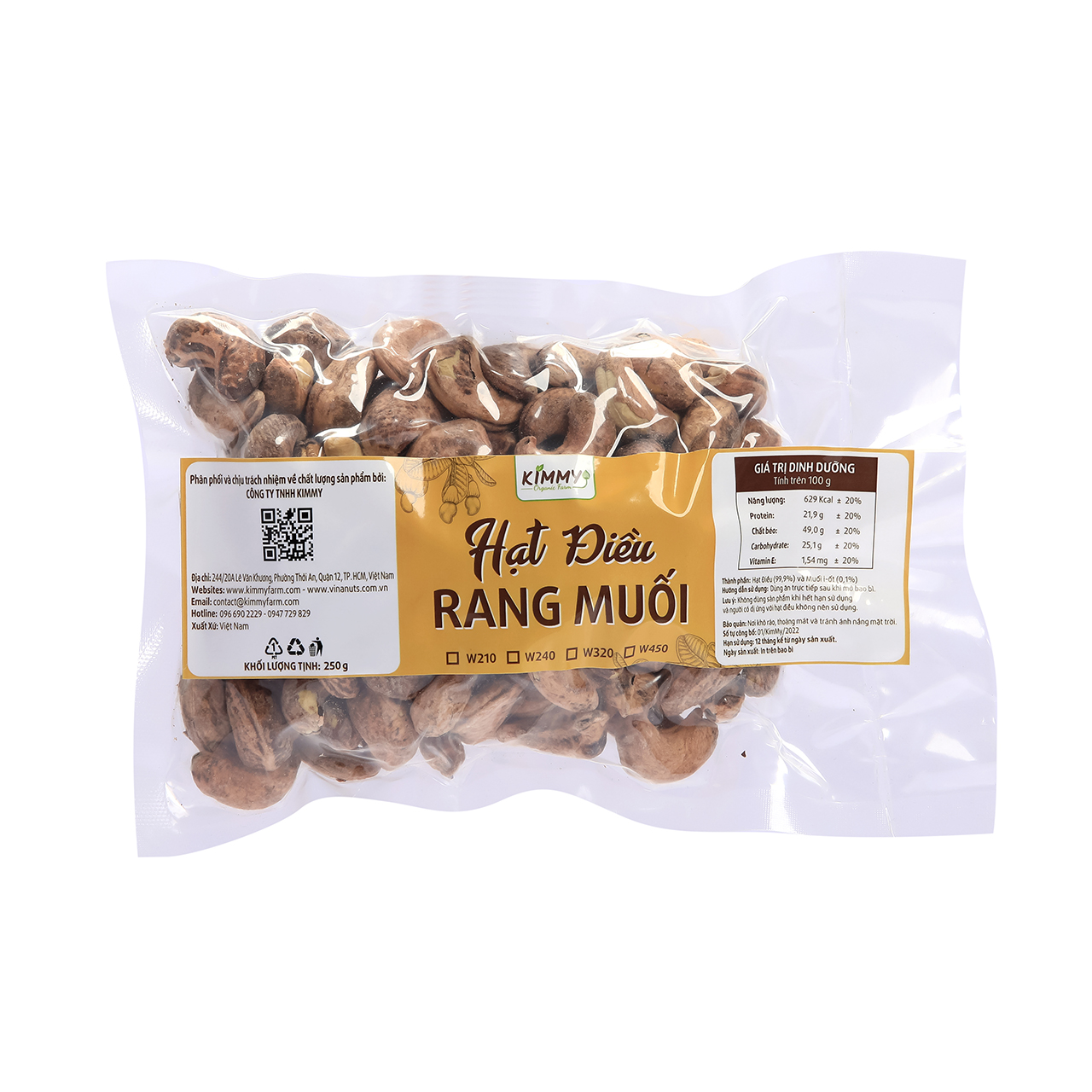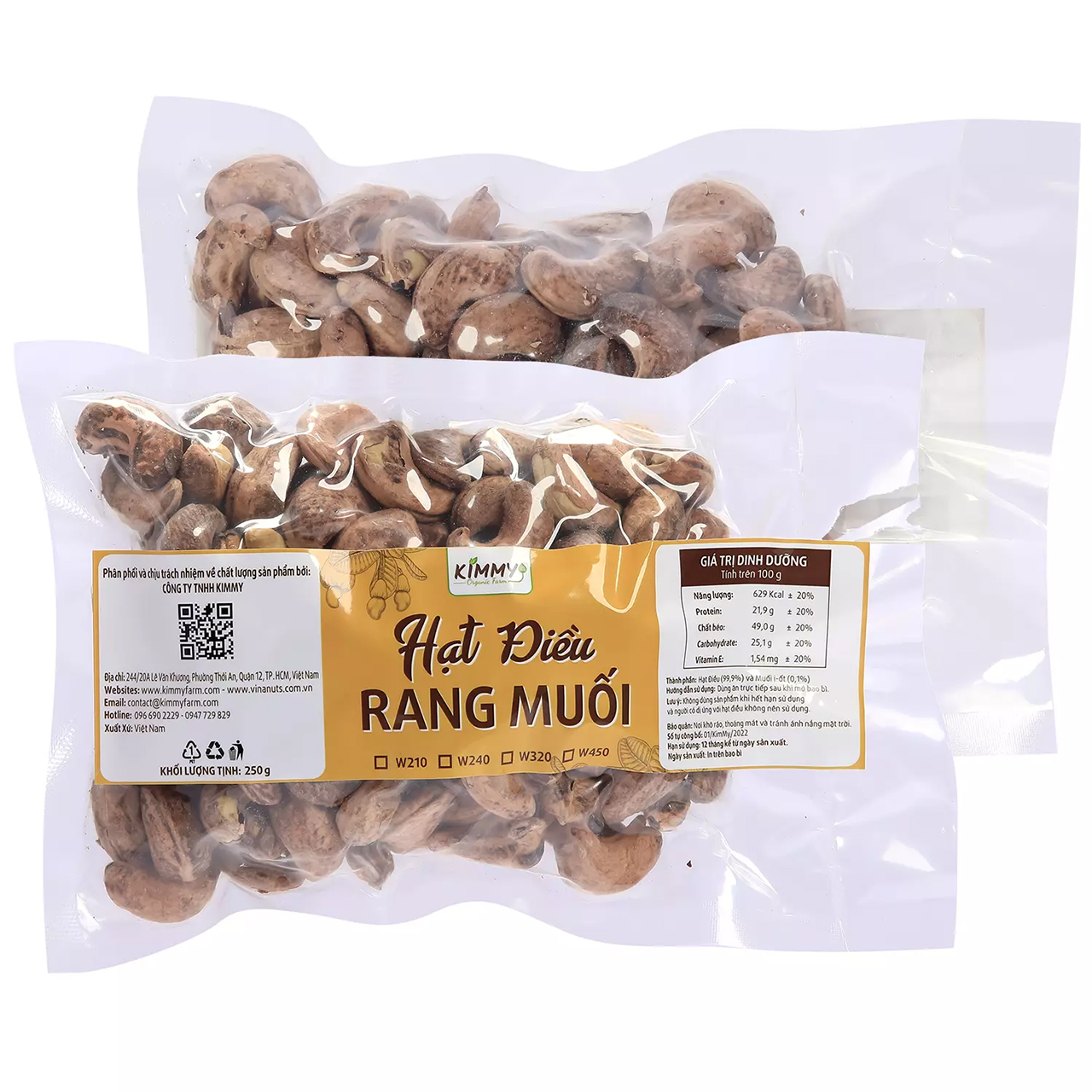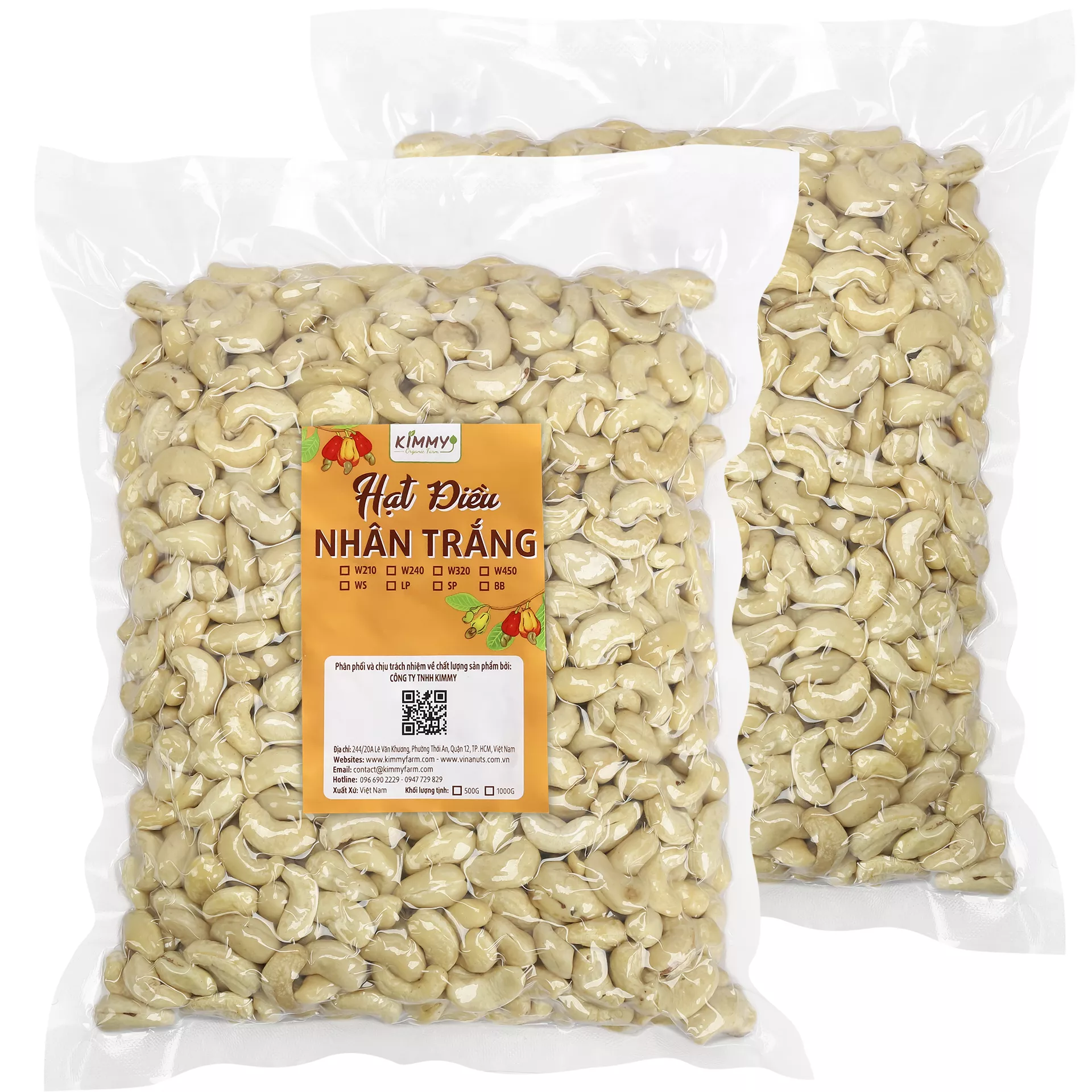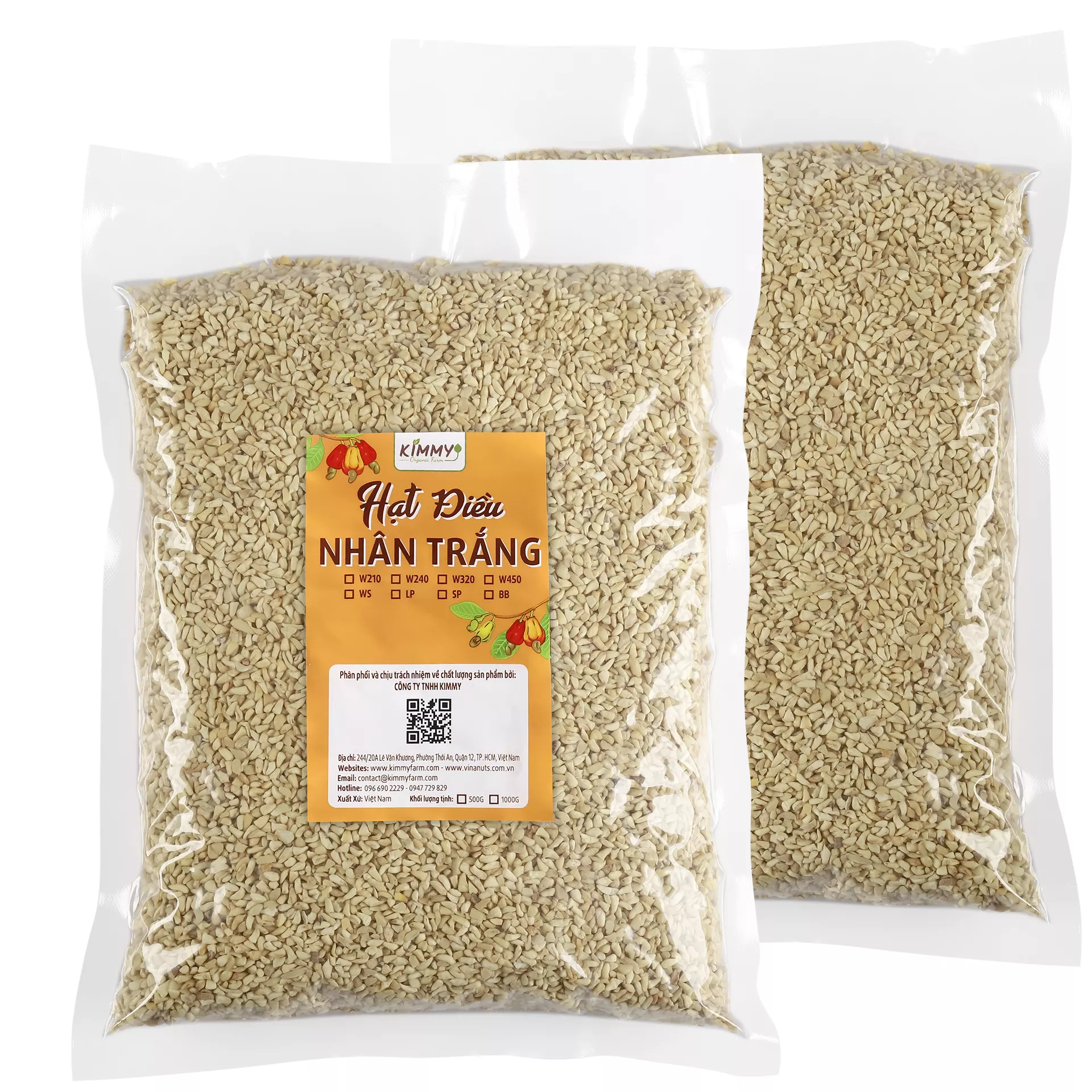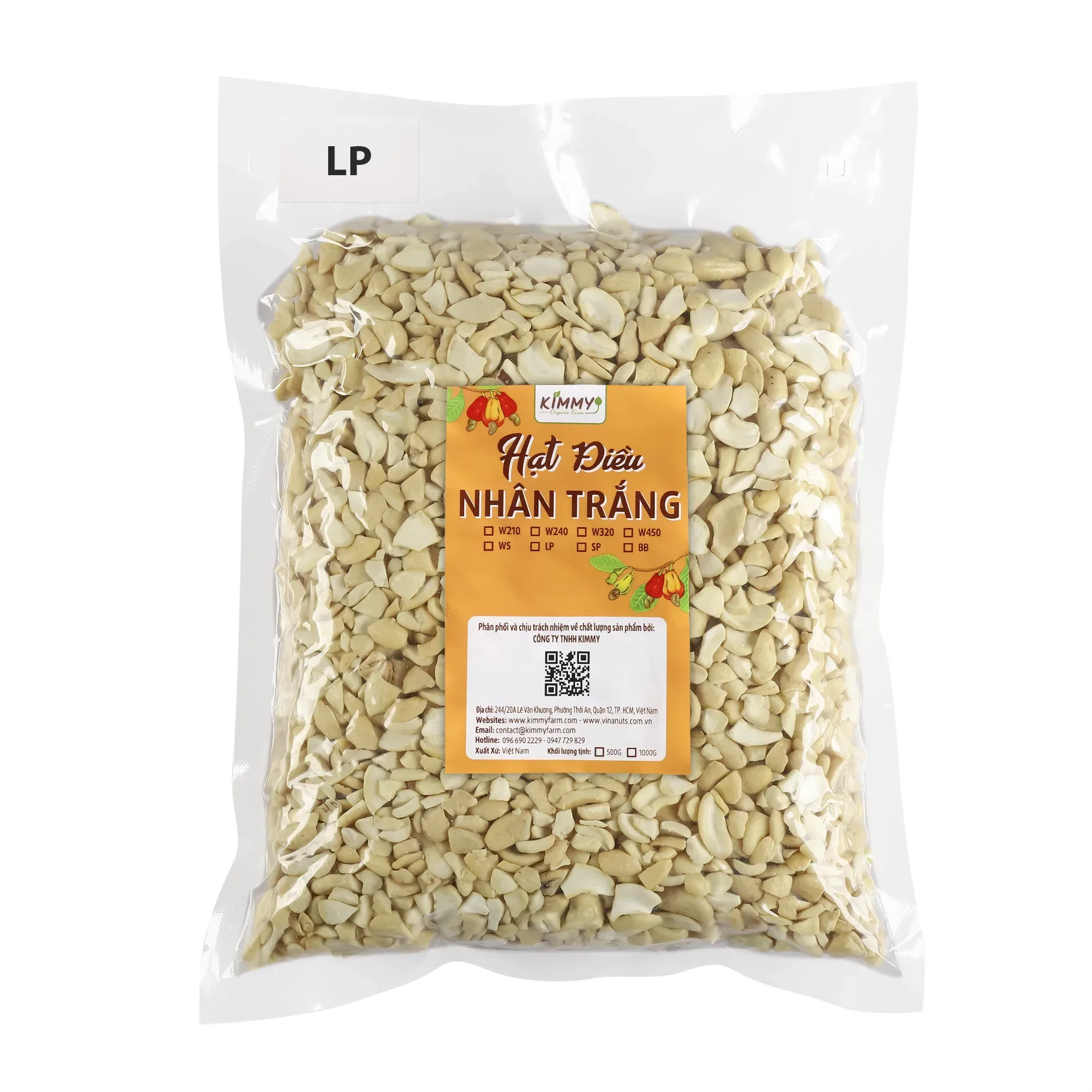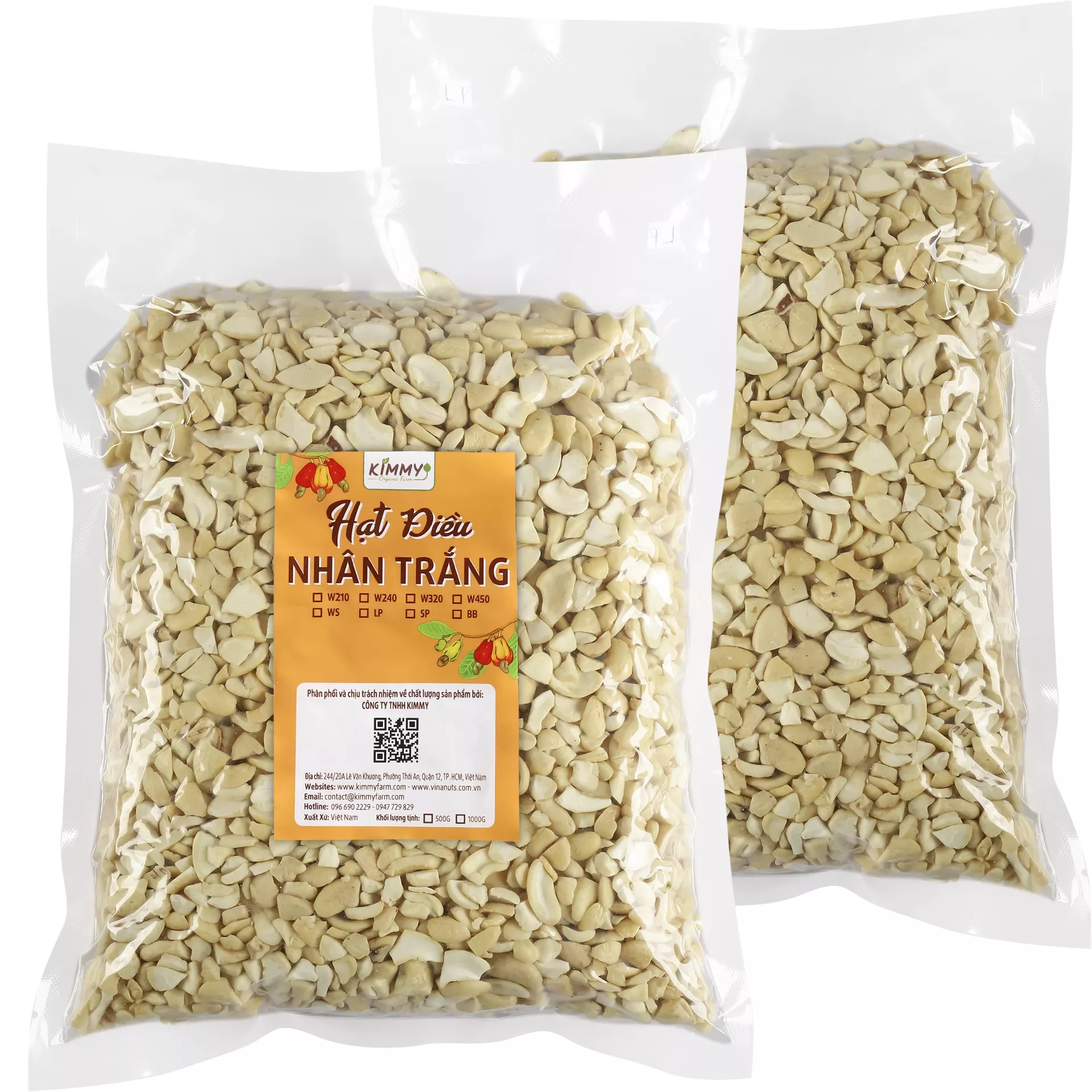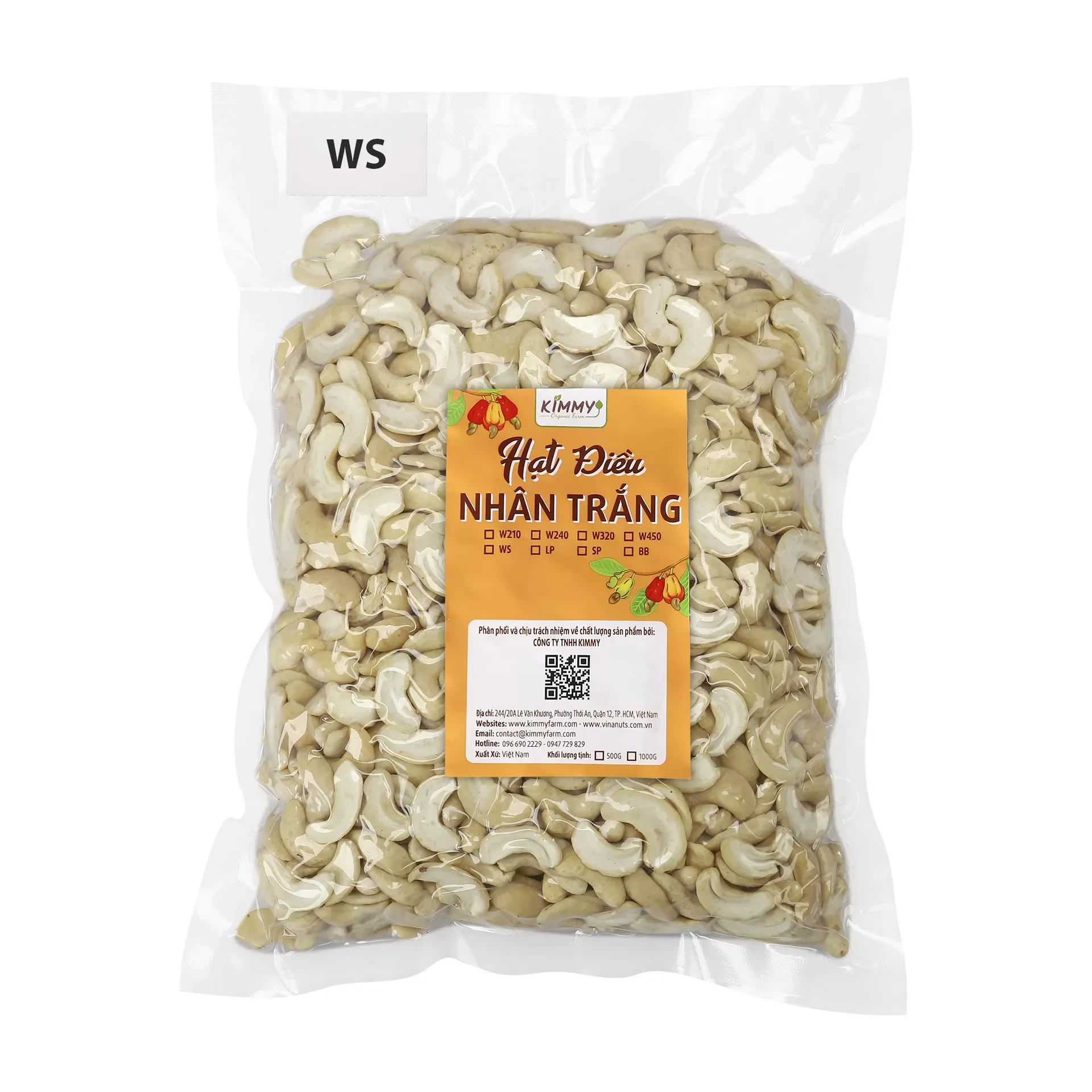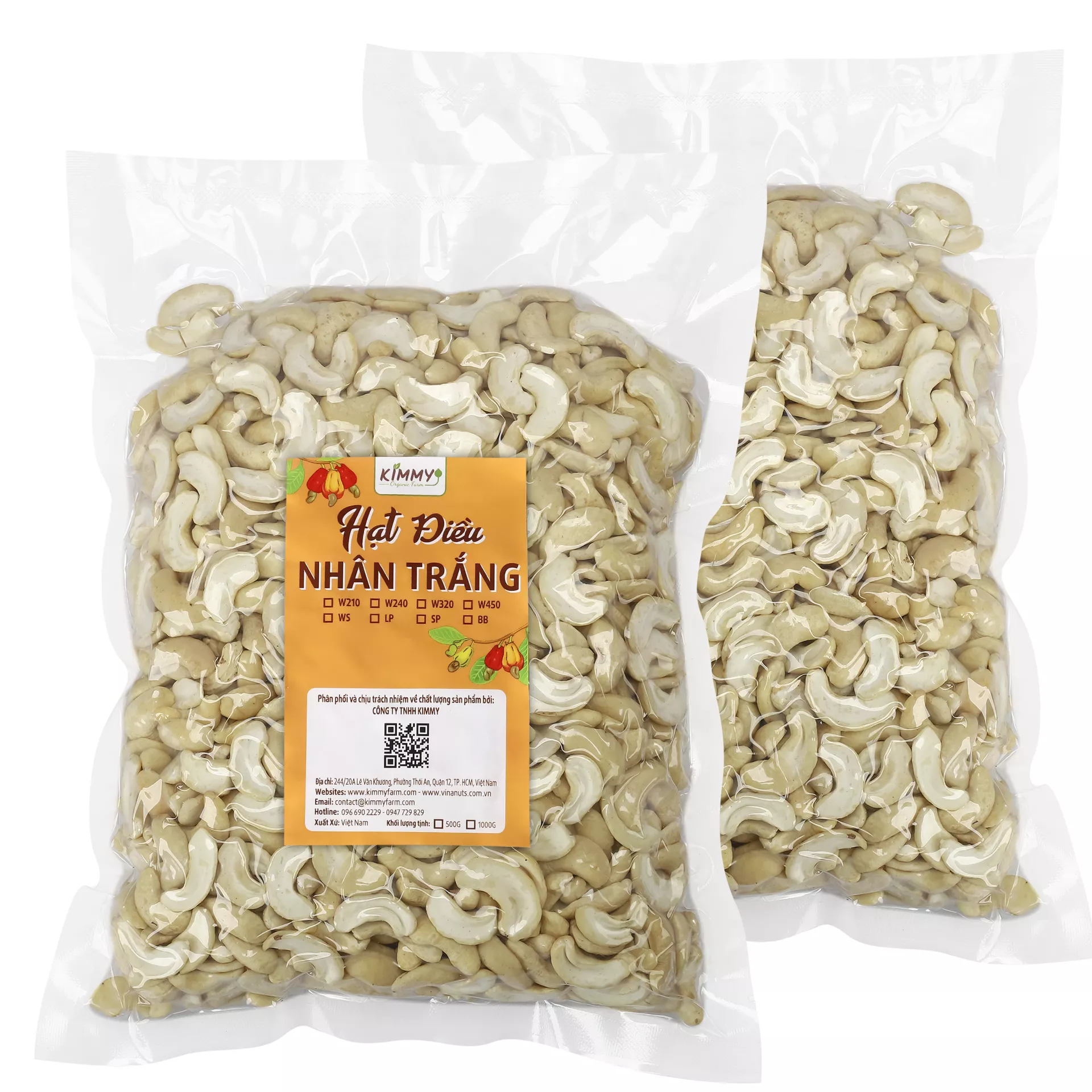Due to various factors such as fluctuating prices, decreasing production, and climate change, the cultivation area of cashew nuts in Cambodia is gradually shrinking. According to the Cambodian Cashew Nut Association, the cultivation area has dropped from approximately 800,000 hectares in 2021 to only 700,000 hectares in 2022. The Cambodia cashew association believes that the primary cause of this decline is due to several issues, most notably climate change.
The detrimental changes in temperature, precipitation, and overall weather patterns significantly affect the growth and production of cashew nut trees. This situation is alarming for both the cashew nut industry in Cambodia and also the economy as a whole, as cashew nuts are one of the highest exports in the country. Thus, it is necessary to address these concerns urgently and implement effective measures to mitigate the impacts of climate change on cashew nut production.
The Cashew Growing Area in Cambodia is Shrinking
According to statistics from the Cambodian agricultural sector, the cultivation area for cashew nuts has been steadily increasing since 2009. The area has grown from 66,513 hectares in 2009 to 800,000 hectares in 2021, a 12-fold increase in cultivation area. However, due to factors such as unfavorable weather conditions, the cultivation area for cashews in Cambodia has started to decline. Concerns regarding the reduction in cashew production have been raised, and the Chairman of the Cashew Nut Association of Cambodia, Uon Silot, recently spoke with Khmer Times regarding the issue. From January to October 2022, Cambodia exported over 660,000 tons of raw cashew nuts worth more than $1 billion to international markets. However, raw cashew exports have decreased by 34.65% compared to last year. The Chairman added that raw cashew nuts have also decreased from 3,800 KHR to 2,800 KHR from March to May, while dried cashew nuts have dropped from 7,200 KHR to 4,200 KHR.
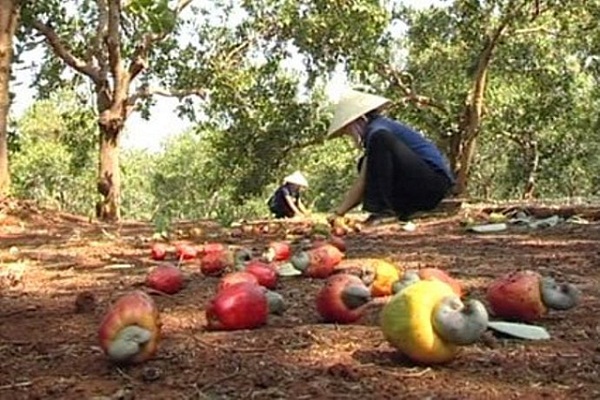
In 2021, many farmers in various provinces in Cambodia, including Kampong Cham, Stung Treng, Ratanakkiri, Mondulkiri, Kratie, Tbong Khmum, Oddar Meanchey, Siem Reap, Preah Vihear, Kampong Chhnang, and Kampong Thom, found success in switching to cashew farming. While some attributed low yields and quality to local weather conditions, others credit the Cambodia Cashew Association (CCA) for its efforts in assisting farmers and entrepreneurs to adapt to climate change while reducing production costs. CCA, an independent organization, has been working towards this goal with the help of farmers and entrepreneurs for over a decade, without any government support. Unlike the newly-formed National Cashew Association, CCA emphasizes supporting local communities through education and assistance.
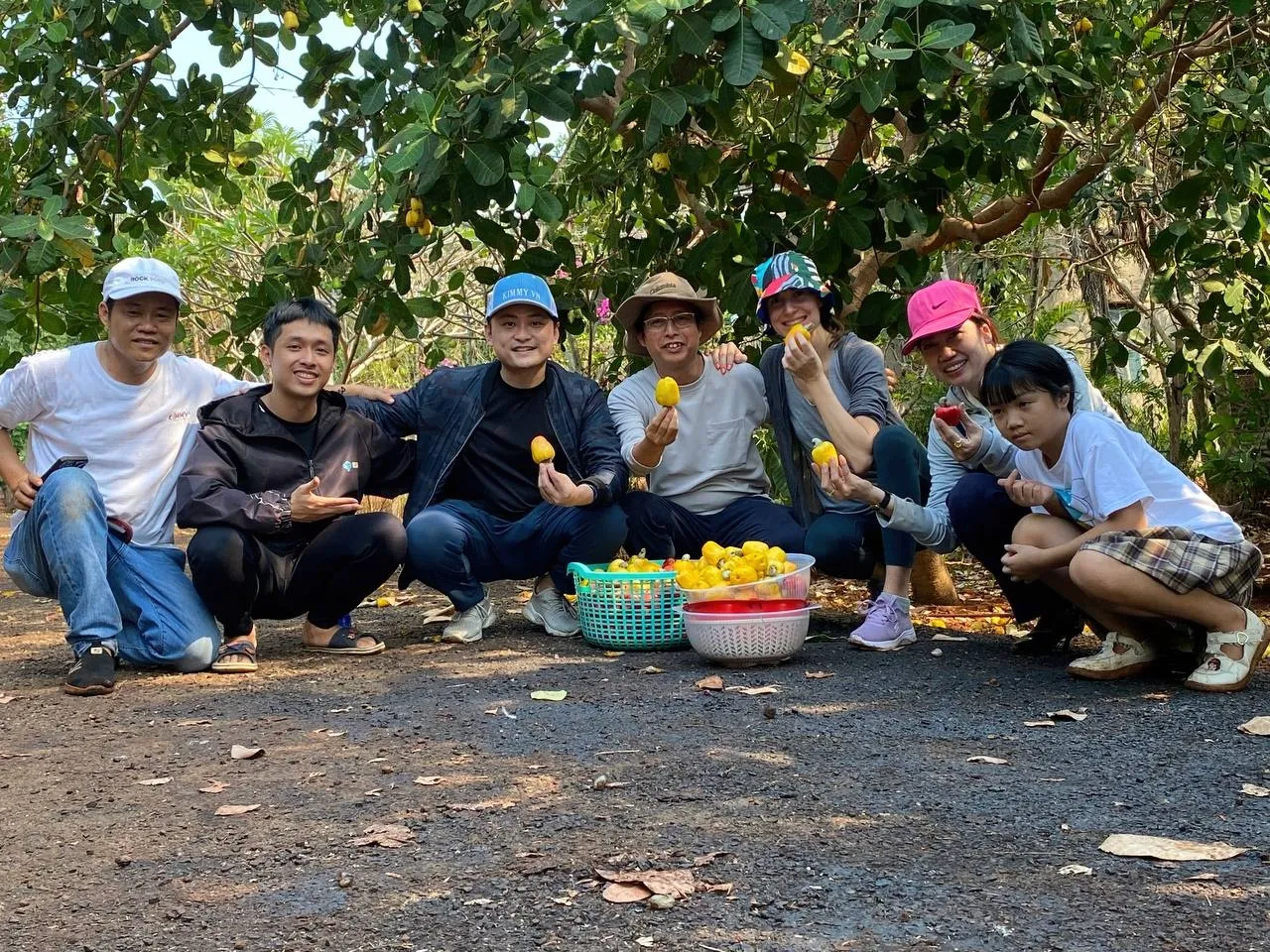

A brand specializing in the production and export of agricultural products in Vietnam. We have a black soldier fly farm in Tay Ninh and a cashew growing area in Binh Phuoc. The main export products of the company are: cashew nuts, cashew nut kernels, black soldier fly, frozen seafood, shrimp, prawns, catfish… from Vietnam.


